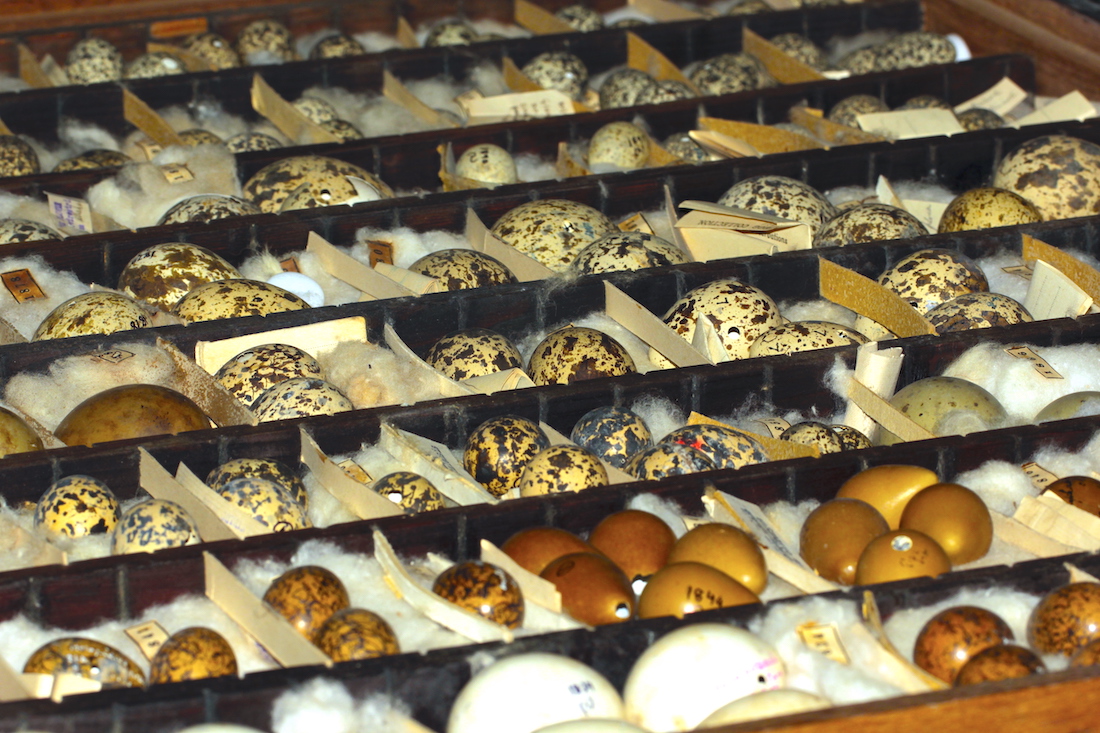Housed in the historic Hornbill House, the headquarters of the Bombay Natural History Society (BNHS) at Fort, Mumbai, is a natural heritage of immense significance – the BNHS Natural History Collections. It is an invaluable treasure trove of natural history specimens collected from across the Indian subcontinent and beyond. Over 1,50,000 specimens of fauna across various taxa are preserved here. The Collection is even older than BNHS, an organisation that is over 140 years old and has made tremendous contributions towards conserving the biodiversity of the Indian subcontinent. In fact, the Hornbill House was built to store the specimens of the Collection. Species you might never see again in our country’s wilderness, like the pink-headed duck and Asiatic cheetah, have their taxidermied specimens as part of the Collection. The specimens are not only valued for their historical significance but also are vital research material for wildlife science researchers and academicians in the present day.
The Collection And Its History
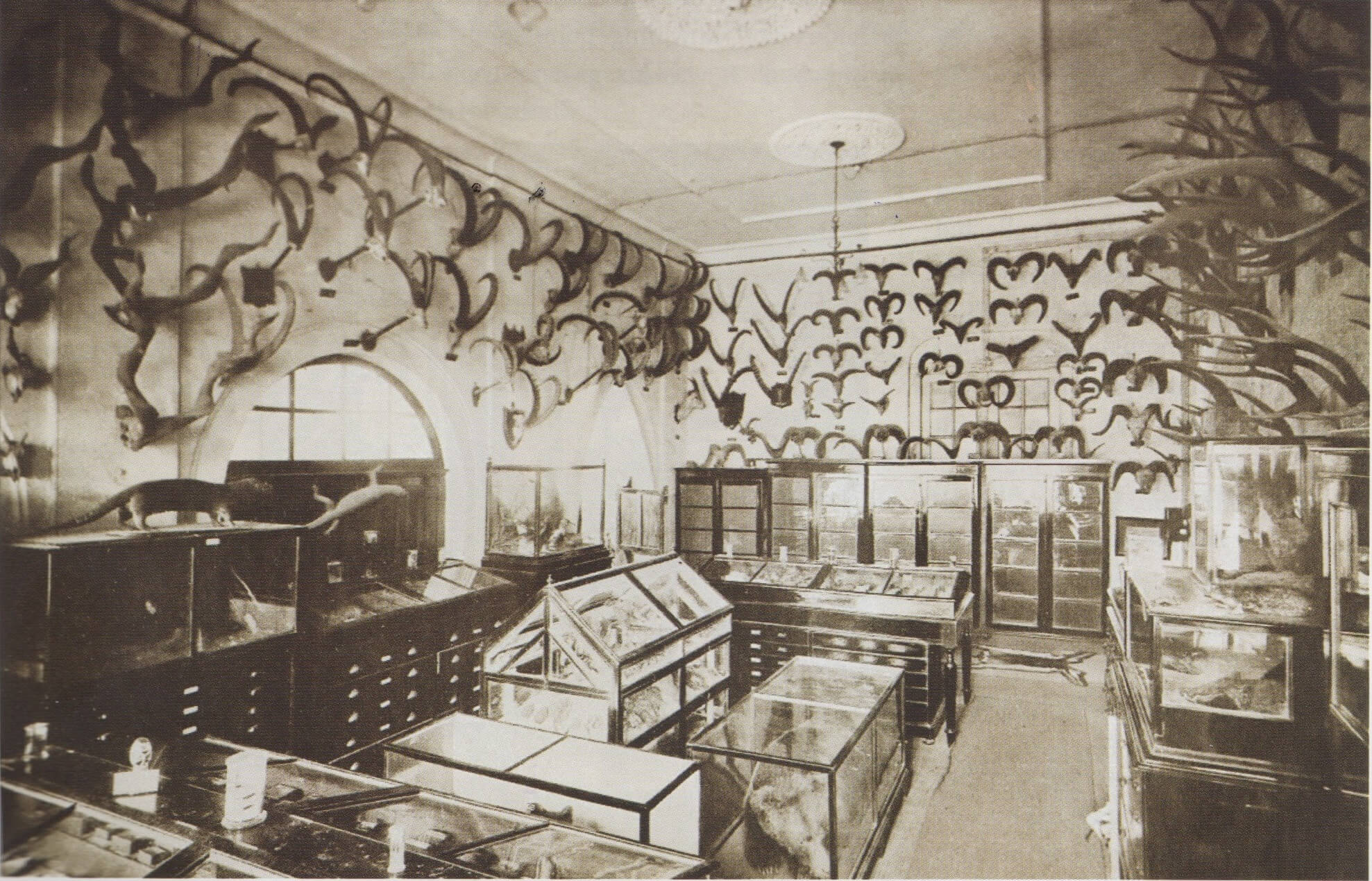
BNHS, a society to exchange ideas and share experiences regarding the biodiversity of the Indian subcontinent, was established on September 15, 1883, by eight natural history enthusiasts. The collection date of some of the specimens in the BNHS Natural History Collections predates the institute’s founding. At that time, India was under British rule, and hunting was rampant. Avid hunters collected thousands of wildlife specimens to be displayed as trophies. Some of these were sent to be preserved for future reference at BNHS. Also, specimens from various biodiversity surveys held across India were added to the Collection. Between 1911 and 1923, the BNHS Mammal Survey of India contributed to most of what we see today as the extensive mammal collection of around 19,000 specimens, primarily skin and skulls. Bird specimens came from special surveys like the Vernay Survey of the Eastern Ghats and several surveys by legendary ornithologist Dr. Salim Ali and others. With around 29,000 taxidermied birds and 5,500 bird eggs, the BNHS Collections is undoubtedly one of the richest of its kind in avian diversity.

Presently, in addition to mammals and birds, the BNHS Collection also includes nearly 12,000 amphibians and reptiles, over 70,000 insects, and over 15,000 specimens of other taxa like arachnids, marine invertebrates, and fish.
The Collection is also expanding. Around hundreds of new specimens enter the Collection each year, primarily sourced from researchers with permits to gather such specimens for scientific work. The recent growth in the marine collection is particularly noteworthy.
Specimens in the BNHS Collection are preserved using either the dry (skin, bones, eggs, etc.) or wet preservation technique, depending on the nature of the specimen. In the latter type, specimens like herpetofauna are stored in special solutions like alcohol.
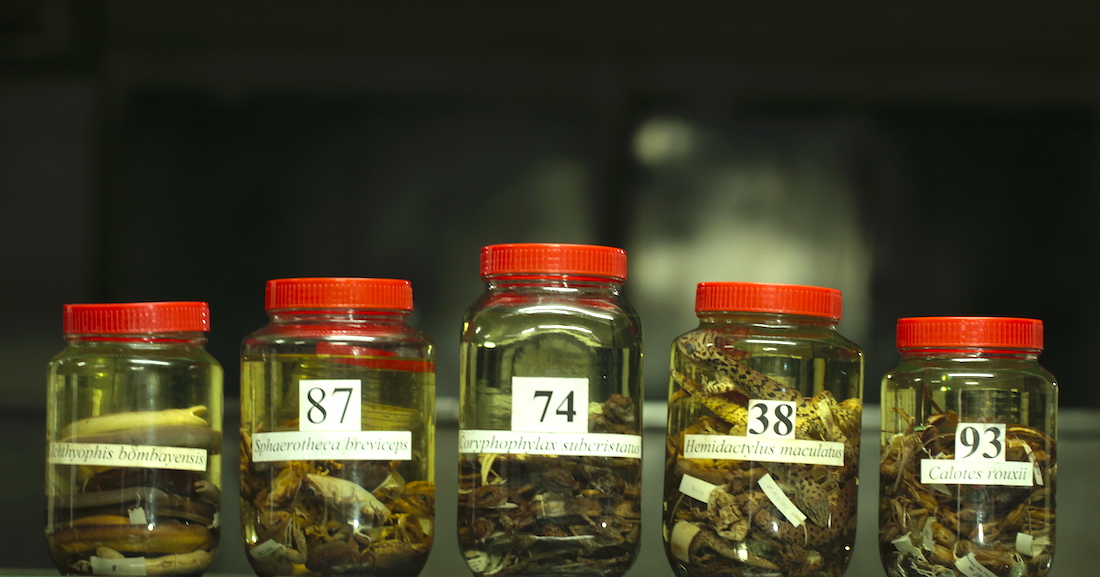
Also of note is that the geographical source of this massive collection is not limited to present-day India but also spreads beyond, including Iran, Iraq, Afghanistan, Pakistan, Sri Lanka, Nepal, Bhutan, Bangladesh, Myanmar, Thailand, and China.
Thus, all these specimens, collected over more than 140 years, have rendered the BNHS Collection one of our country’s most valued treasures.
“The BNHS Collection is accredited as a “national repository” under the Biodiversity Act 2002 by the Government of India, Ministry of Environment, Forest and Climate Change (MOEFCC). BNHS is the only non-governmental organisation associated with this prestigious tag,” mentioned Rahul Khot, who heads the Natural History Collections Department of BNHS.
Collection Highlights
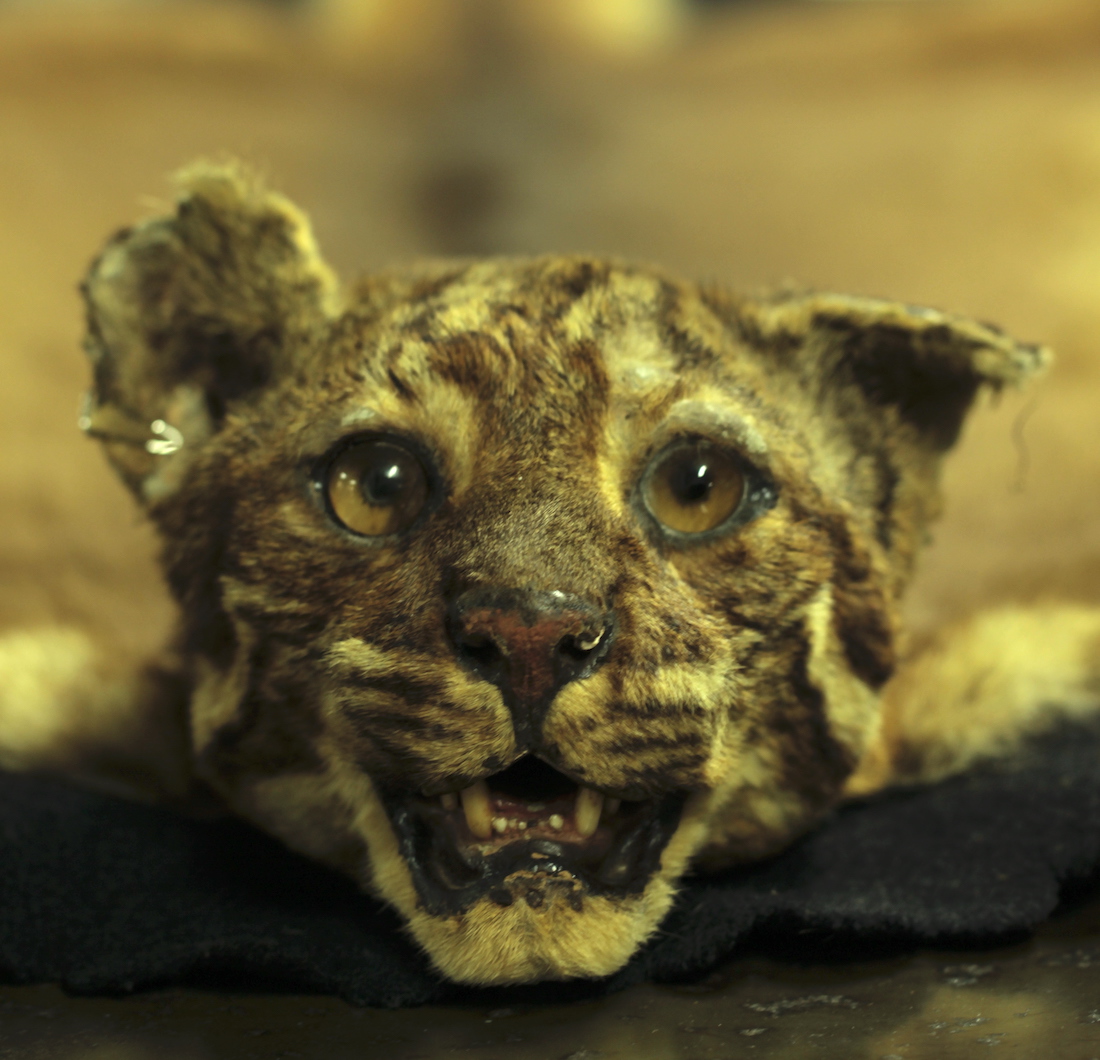
While each and every specimen of the BNHS Collection is of great value, there are some that deserve a special mention, especially the highly threatened and extinct species. For example, the Asiatic cheetah, an animal that is much in discussion today and one that went extinct from India (the last cheetah being shot in 1947), has its well-preserved taxidermied specimen at BNHS. Specimens of many species that are now endangered, like the hoolock gibbon, red panda, Nilgiri tahr, and lion-tailed macaque, also grace the Collection.
For bird lovers, the Collection houses the pink-headed duck specimen, a mysterious bird that once graced the wetlands of India with its exquisite beauty but hasn’t been seen since the early 20th century. Then there is the oldest specimen in the Collection of a whiskered tern dating back to 1867. There is also a massive collection of bird eggs of an array of colours, shapes, and sizes across many species that make one admire the variety found in nature.
Nocturnal or highly elusive animals like pangolins and porcupines that are rarely seen in the wild have their taxidermied specimens in the Collection. One of the most unique holdings is the Indian egg eater, a rare snake species that is endemic to the Indian subcontinent.
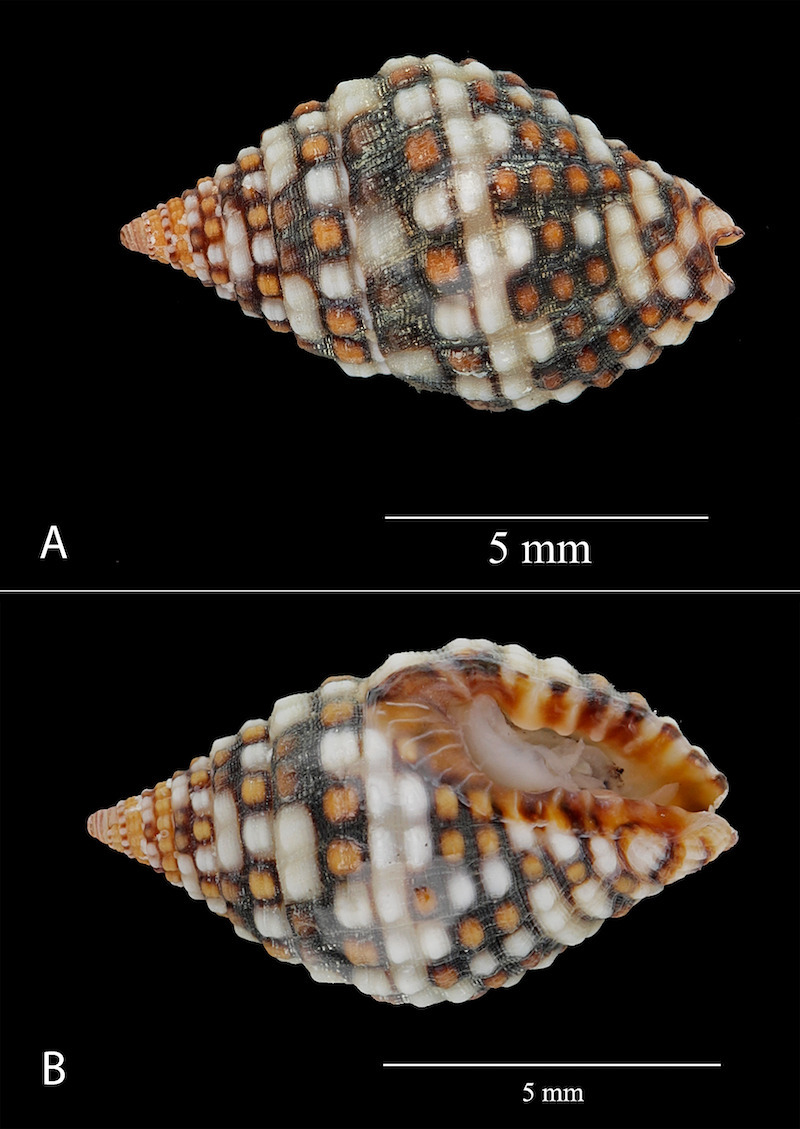
Most importantly, the BNHS Collection houses “type” specimens of many species that are crucial for taxonomic studies. Researchers use such specimens to describe new species, identify species, name species, etc.
The Guardians Of The Treasure
Rahul Khot and his team of diligent, passionate, and dynamic curators and researchers are responsible for the safekeeping of the BNHS Collection. Curation of the specimens, involving regular monitoring, cleaning, chemical treatments, safe storage, etc., is an essential routine activity. In addition, the team is actively engaged in scientific research, education, and awareness-building activities.

Although the Collection is mainly accessed by researchers and academicians, over 1,000 people, including scientists, forest department staff, students, and others, also visit the Collection each year. The team also hosts multiple events like lectures and workshops throughout the year to build awareness about natural history.
Importance Of The BNHS Collection
The BNHS Collection has many beneficiaries, ranging from school and college students to scientists and academicians, forest officers and customs officials, and the public in general.
Wildlife researchers from institutions across India and the rest of the world, such as the Wildlife Institute of India (WII), Indian Institute of Science, Bangalore (IISc), and Natural History Museum, London, U.K., Smithsonian Institute, Washington DC; and others, regularly refer to the BNHS Collections for their studies.
Over the years, many publications have been inspired by the Collection or referred to the specimens in the Collection. Such publications range from scientific journals like the Journal of the Bombay Natural History Society to books like the Book of Indian Reptiles and Amphibians by J. C. Daniel and the Book of Indian Birds by Salim Ali.
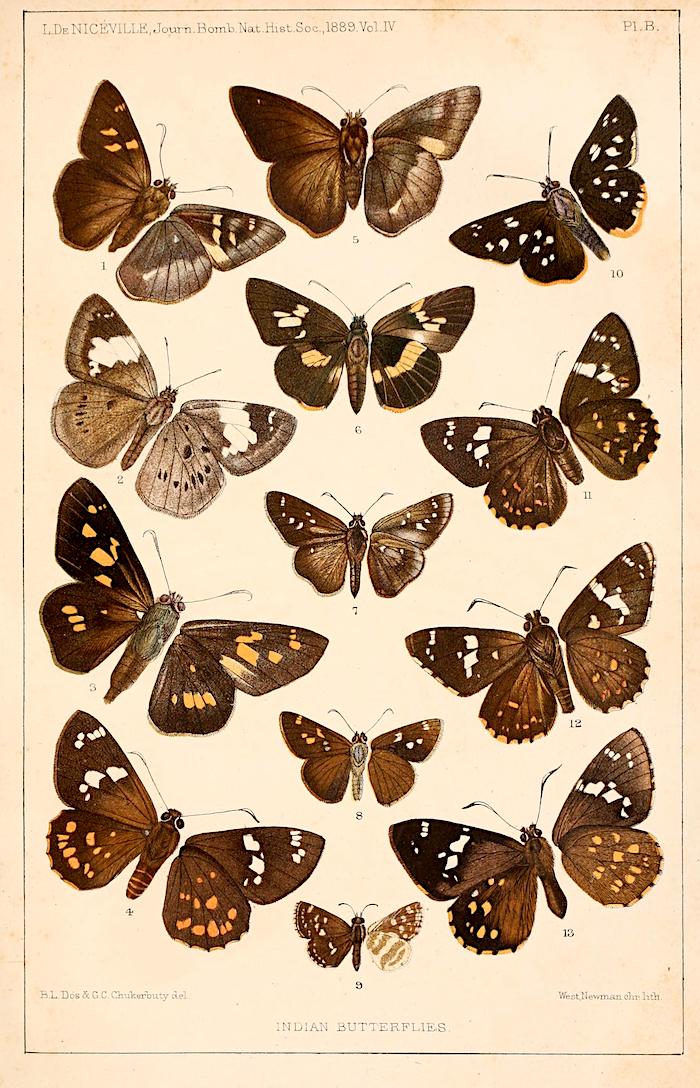
Another interesting application of the specimens of the BNHS Collection is in solving wildlife crime related cases. Law enforcement agencies like Wildlife Custom Officials and state forest departments often send wildlife samples to the BNHS Collections Department to identify the species for further proceedings with cases related to illegal wildlife trade. The Collections Department also receives bird hit remnants from the Civil Aviation Force for identification.
“We are also engaged in describing new species. So, the Collection Department staff and other BNHS scientists and members have helped describe over 110 new species of amphibians and reptiles over the last 20 years, which is an immense contribution to understanding the herpetology of India. Many researchers working on new species also come here because it is a well-catalogued reference collection with type specimens of many species,” mentioned Khot.

The BNHS Collection has also found a new use with new developments in Genetics and Molecular Biology. Scientists are now using DNA samples collected from the specimens for phylogenetic studies. The specimens are also being used to reveal diet, migration patterns, and other information about species with a novel approach using stable isotope studies.
Apart from experts in various fields, the BNHS Collection is also a source of great knowledge for all BNHS members and amateurs in the field of wildlife and conservation. Even artists and people from the textile industry draw inspiration for their work from specimens in the collection.
Moving Ahead

While most specimens in the BNHS Collections are old, novel scientific breakthroughs ensure that the specimens find new uses with time. Thus, the Collections Department staff keep working hard to keep this national treasure safe. There are also several new plans regarding the Collections.
‘We are upgrading the infrastructure to create space for display. Soon, we will have a viewing gallery where visitors can learn about interesting specimens with audio-visual aids. We have also received funding for the upgrade,” said Khot.
“We are also focussing on the digitisation of the Collection to make the basic information like photographs of the specimens and natural history details about them available online in downloadable formats. We aim to have the website live within a year. The initiative will also help increase the shelf life of the specimens. Less physical handling will be required as researchers and other knowledge seekers can now have access to the online version for their needs,” Khot mentioned further.

Thus, the BNHS Collection holds much promise for the future. For decades, it has served as a great source of knowledge on natural history for wildlife science researchers in India and abroad. Now, with digitisation and display coming up, the Collection will become accessible to every individual, including school and college students, with a quest for knowledge in the field of natural history. The BNHS Collection is indeed a wealth of the nation to be passed on through generations of its citizens, enriching all with knowledge of the world of wildlife, both past and present.

